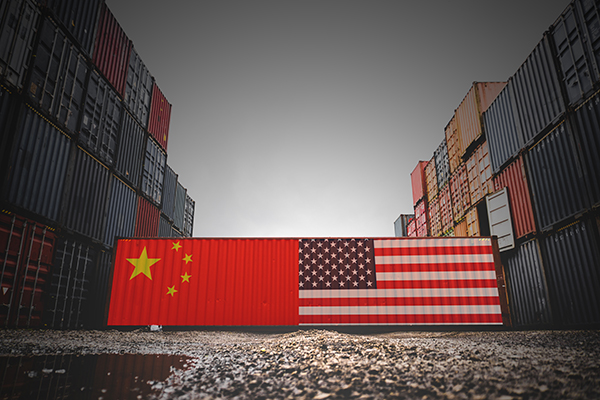As we recently reported, The Institute for Supply Management announced its U.S. manufacturing index fell to 47.8 last month – marking the lowest level since the recession ended in June 2009.
And while economists and industry leaders are largely pointing to ongoing trade tensions with China as the driver behind the decline, there are still steps supply chain managers can take to mitigate risk.
Ed Lebow, counsel at Haynes and Boone shared these insights with SCMR in a brief interview.
SCMR: What does this drop in the manufacturing index mean for the supply chain managers?
Lebow: The drop in the index suggests that the uncertainty caused by the trade war with China, along with it now being late in an economic cycle and the stimulative effect of the tax cut having worn off, is contributing to a decline in manufacturing activity. This in turn suggests that supply chain managers need to be cautious about making long term commitments.
SCMR: How should this contraction impact supply chain strategies?
Lebow: While cutting back on sourcing from China in particular is an obvious response to the current situation, it remains possible that a resolution will be reached, so while alternate sources should be sought, care should be taken not to sever relationships that have been built up over time.
SCMR: What are forward looking strategies for supply chain managers as the trade war continues?
Lebow: Diversification and sourcing from duty-free countries makes obvious sense. Within a few years a return to the TPP, or at least to a series of bilateral deals with TPP member countries such as Vietnam, is not inconceivable. Thus, depending on the extent of possible duty savings for a particular input, laying the groundwork for procurement from such countries would be prudent.
SC
MR


Latest Supply Chain News
Latest Podcast

 Explore
Explore
Business Management News
- Strengthening customer fulfillment: Building a strategic stakeholder network
- The hard job of teaching soft skills
- Trump picks former Wisconsin congressman Sean Duffy for DOT secretary
- Made in Mexico, manufactured by China
- Retail sales see gains in October, reports Commerce and NRF
- Balancing green and speed: Home delivery insights from the pandemic era
- More Business Management
Latest Business Management Resources

Subscribe

Supply Chain Management Review delivers the best industry content.

Editors’ Picks





